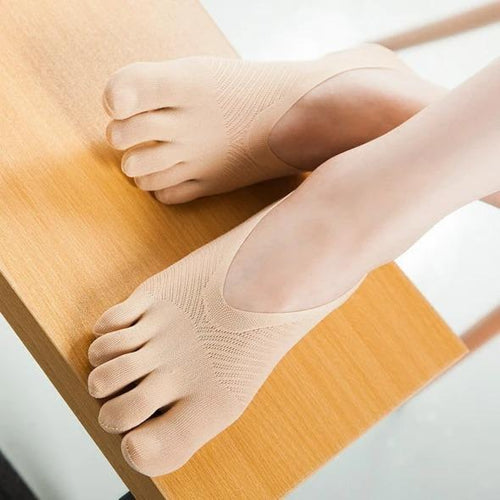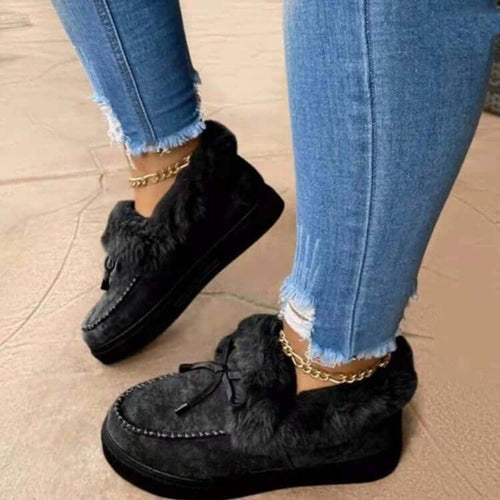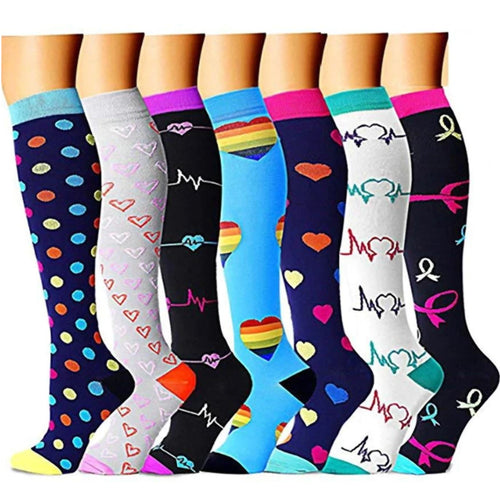Having narrow feet can sometimes be a challenge when it comes to finding the perfect pair of footwear. The quest to find a snug and comfortable fit might seem daunting, but with the right tips and knowledge, it can be easier than you think. In this guide, we'll answer all your burning questions about footwear for narrow feet and delve into how to find the perfect fit.
1. What sandals suit narrow feet? Sandals with adjustable straps or buckles are ideal for those with narrow feet. This allows you to customize the fit, ensuring the sandal is snug and secure. Look for sandals with a contoured footbed, as they provide enhanced support for a narrow foot's arch.
2. What shoe brands are best for narrow feet? There are several brands renowned for catering to narrow feet, including New Balance, Stuart Weitzman, and Sam Edelman. Additionally, Sootheez Sandals is an excellent choice for those seeking sandals tailored for a slimmer fit.
3. How do you make sandals fit narrow feet? To make sandals fit narrow feet:
- Opt for adjustable straps.
- Add foot pads or insoles to fill excess space.
- Choose sandals with a back strap for extra security.
4. Are Sootheez sandals good for narrow feet? Absolutely! Sootheez sandals offer adjustable designs and foot-conforming features, making them ideal for individuals with narrow feet.
5. Are narrow feet rare? Not necessarily. While the prevalence varies by population, many people have narrow feet. The challenge lies more in the limited footwear options available for such foot shapes.
6. What is a narrow foot size? A narrow foot width typically falls under the "N" or "2A" width designation in women's shoes and "B" width in men's shoes.
7. What is the narrowest shoe width? The narrowest standard shoe width for women is typically labeled "SS" or "4A", while for men, it's "AAA" or "3A".
8. Can people with narrow feet wear shoes? Yes, absolutely. It's about finding the right fit and style suitable for narrow feet.
9. Are narrow feet common? Narrow feet are relatively common, though the availability of suitable footwear options can make it feel otherwise.
10. Should I size up if my shoes are too narrow? Sizing up can provide a little more width, but it might make the shoe too long. It's often better to find a shoe available in narrow widths or to use shoe stretchers to widen them slightly.
11. Are smaller shoe sizes more narrow? Not always. Shoe width and length are independent of each other, and smaller sizes can be found in wider widths as well.
12. Why are narrow width shoes so hard to find? The footwear industry typically caters to the most common foot widths, and since medium width dominates the market, fewer options are produced for narrow and extra-wide feet.
13. Does going up half a shoe size increase width? Yes, going up half a size usually increases both length and width slightly.
14. What happens if you wear shoes too narrow? Wearing shoes that are too narrow can cause discomfort, blisters, calluses, and long-term foot problems if consistently worn.
15. Should your toes touch the end of your shoes? No. Ideally, there should be about a thumb's width of space between your longest toe and the end of the shoe.
16. Where should your toe be in a shoe? Your toes should be comfortably spaced, not cramped, with the aforementioned space between them and the shoe's end.
17. Will shoes stretch if they are too narrow? Leather shoes can stretch slightly, but it's best to ensure a good fit from the start. Shoe stretchers and sprays can aid in expanding them a bit.
18. Do feet get narrower with age? Not necessarily. Feet can change due to various factors, including weight gain, pregnancy, and aging, but there's no set rule that they become narrower.
19. What are the disadvantages of narrow feet? Potential disadvantages include difficulty finding suitable footwear, foot instability due to ill-fitting shoes, and increased risk of certain foot problems if forced to wear wider shoes.
20. Will losing weight narrow feet? Losing significant weight can reduce foot size and width, but individual results vary.
In Conclusion
Having narrow feet needn't be a daunting challenge. With the right knowledge, tips, and brand recommendations, you can find the perfect footwear to suit your needs. Remember always to prioritize comfort and fit to ensure the health and well-being of your feet.




